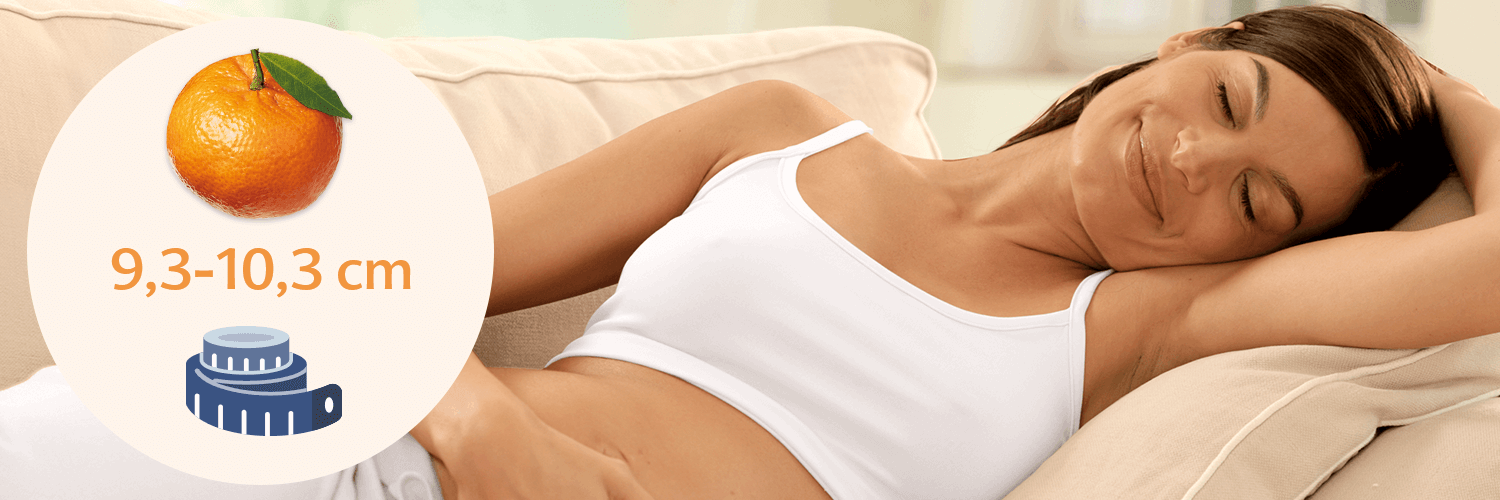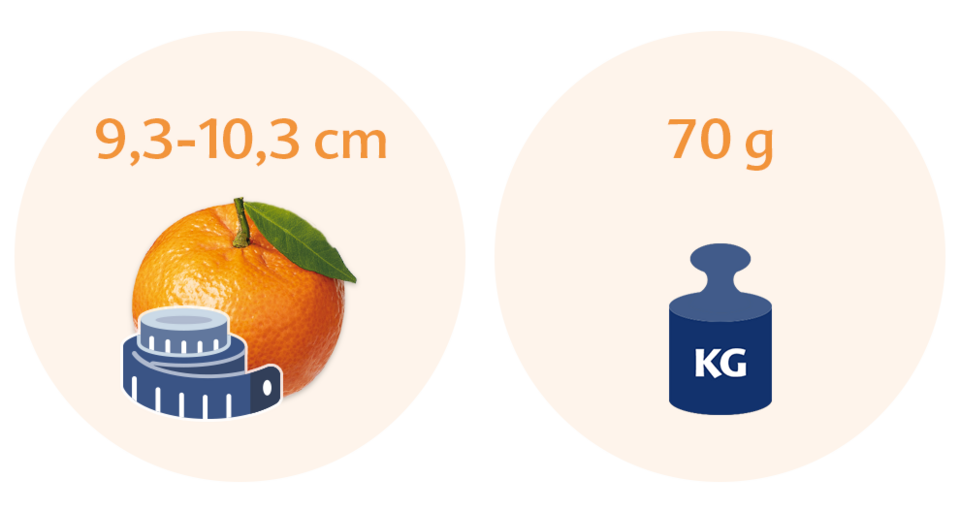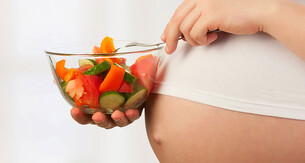In week 15, you’re three weeks into the fourth month of your pregnancy and are now in the second trimester.
Your baby’s development
In week 15, your baby’s skin is still translucent, so their blood vessels will be visible. They’re also covered with thin hairs called lanugo, and each of these tiny hairs has a sebaceous gland which produces a substance called vernix caseosa. The lanugo hairs ensure that the vernix caseosa sticks to their skin, and together they protect the baby from the amniotic fluid.
What it’s like for the mum-to-be in week 15
Your body has now adapted as best it can to your pregnancy, and the second trimester is often considered the best of the trimesters. Hopefully, you can now enjoy this exciting time to the full.
Common signs and symptoms
Optimism
You’ll be doing just fine in week 15, as your hormones put you in such a good mood that you may well feel like grinning from ear to ear. Your thoughts will be determined by this optimism, but also by a certain maternal cautiousness.
It’s still a bit early to be able to feel your baby’s movements, but you’re doing everything you can for their wellbeing. After all, you’ll be thinking about little else other than the tiny person inside you who you’ll soon be cradling in your arms.
Your body changes
From week 15, it will become increasingly clear from your body that you’re expecting a baby, as your bump begins to grow. You’ll keep feeling a pulling sensation in your abdomen or groin as your womb grows. This is nothing to worry about, as long as you don’t experience any other symptoms.
Your body is also building up small amounts of fat that you’ll need later on to produce breast milk.
We recommend a gentle daily massage with high-quality oil to help avoid stretch marks.
Like other parts of your body, you will also notice changes in your breasts. Whether yours are large or small, your hormones will cause them to grow considerably bigger in preparation for breastfeeding. As the skin on your breasts is stretching, a massage with oil will do them the world of good. Your mammary glands are now slowly ramping up production of breast milk, so your breasts may feel tender or sore from time to time – take care when hugging people. A good, supportive maternity bra will be invaluable.
You’ll be putting on enough “padding” as it is, so make sure you eat a healthy and balanced diet, and don’t eat for two! This used to be the advice for expectant mothers, but it quickly leads to excessive weight gain. 255 extra calories a day are enough for pregnant women (roughly the same as a natural yoghurt and a portion of fruit), though of course this can vary from woman to woman. Find out more with our pregnancy weight calculator.
It’s often difficult to lose excess weight after you give birth, and being overweight during pregnancy can cause what’s known as gestational diabetes. This would not only be problematic for you, but also for your child. Gestational diabetes means your child will grow to be bigger and heavier than average, so contact your doctor or midwife if you’re worried because they’ll be able to test for it between weeks 24 and 28.
Strengthening your muscles and pelvic floor
If you haven’t done so already, we recommend signing up for a pregnancy class. The instructor will teach you gentle exercises to strengthen your muscles and pelvic floor during the time your bump is growing, as your pelvic floor in particular now has a heavy burden to bear.
Pregnancy classes will also help you to meet other pregnant women, who you can talk to and whose experience you can benefit from, and the instructor will have lots of useful advice and ways to treat the common symptoms of pregnancy.
Questions you may want to ask your doctor or midwife
Pains and pulling sensations in your abdomen
If you suffer pains and pulling sensations in your abdomen for an extended period or experience other distressing symptoms, visit your gynaecologist immediately. If you experience rhythmic, painful spasms or bleeding, a thorough examination is recommended.
Lifting heavy objects
Have you already got a child at home? Then you’ll know all about how much they want to be picked up and carried around. Your midwife can show you the best way to pick up them and other heavy objects without damaging your pelvic floor. Follow their advice in everyday life and you’ll avoid unwelcome symptoms.
Soothing care for aches and pains
Your mammary glands begin to develop in week 15 so that you can breastfeed your child, and this can lead to unpleasant soreness and heaviness. Midwives can show you various ways to reduce the pain: for instance, there are oils containing useful ingredients that both relieve your skin and help reduce other symptoms caused by your growing womb.






